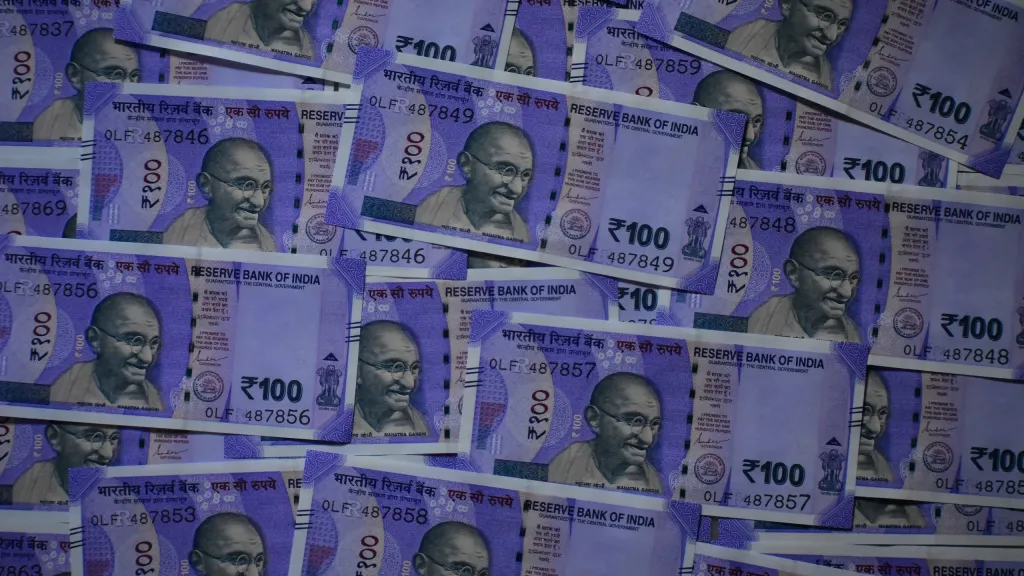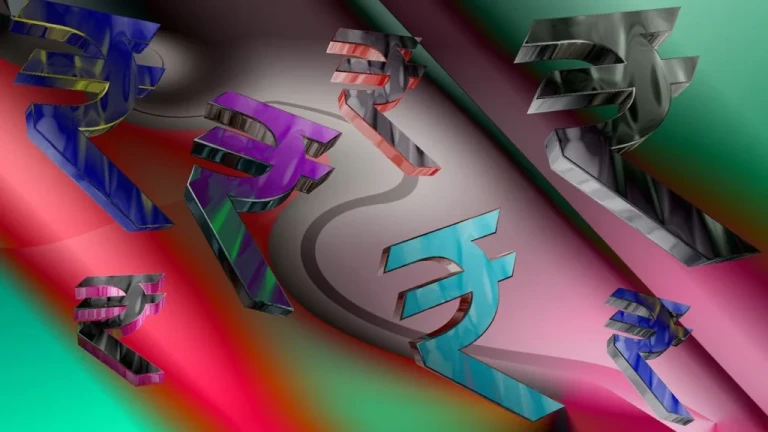What is the Reserve Bank of India? How does it work?

The Reserve Bank of India (RBI) is the central bank of India. The RBI is tasked with regulating the country’s monetary policy, managing India’s currency reserves, and supervising the banking system. The bank has two main departments: The Department of Banking Regulation is responsible for overseeing banks and financial institutions in India. The Department of Economic Policy and Research is responsible for formulating economic policy and conducting research on economic issues facing India.
What is the Reserve Bank of India?
The RBI is responsible for the monetary policy of the Indian rupee. The main objective of the RBI is to maintain price stability while keeping in mind the objective of growth.
The RBI conducts monetary policy by influencing the volume of money supply in the economy through different instruments like:
- Bank Rate Policy: The RBI can increase or decrease the benchmark interest rate at which it lends to commercial banks. A higher bank rate makes borrowing from RBI more expensive for banks, thereby decreasing the money supply in the economy.
- Open Market Operations: The RBI can buy or sell government securities in order to expand or contract liquidity in the market.
- Cash Reserve Ratio: The RBI sets a minimum percentage of deposits that banks have to maintain with it as liquid cash. By increasing this percentage, banks have less money available for lending, thereby reducing liquidity in the economy and vice versa.
- Statutory Liquidity Ratio: The RBI specifies the minimum amount of liquid assets that banks must maintain as a proportion of their deposits. This ratio currently stands at 22%.
- Reverse Repo Rate: Reverse repo rate is the rate at which commercial banks lend funds to RBI for short-term purposes usually up to 2 days.

When was the Reserve Bank of India established?
The Reserve Bank of India (RBI) was established on April 1, 1935, in accordance with the Reserve Bank of India Act, of 1934. The RBI is the central bank of India and is also responsible for issuing currency, maintaining reserve requirements, managing the country’s monetary policy, and regulating the banking system.
The RBI is headquartered in Mumbai and has a total of 11 regional offices located across the country. The current governor of the RBI is Urjit Patel, who took office on September 4, 2016.
How does the Reserve Bank of India work?
The Reserve Bank of India (RBI) is the central bank of India. It controls the monetary policy of the Indian rupee. RBI also supervises the financial system of India and regulates banks.
The RBI is governed by a central board of directors appointed by the Government of India. The board is headed by a governor who is also responsible for the management of the bank. The current governor is Shaktikanta Das.
The RBI has four deputy governors who are appointed by the government in consultation with the governor. The deputy governors are additionally in charge of different departments at the bank.
The RBI’s headquarters are located in Mumbai and it has regional offices in various cities across India.
The main functions of the RBI are:
- To issue currency notes and coins
- To regulate banking and credit activities in India
- To act as a banker to the government
- To manage foreign exchange reserves
- To promote economic growth
Under the supervision of the RBI, there are two boards that help with these functions – The Monetary Policy Committee and the Financial Stability and Development Council. The former sets interest rates while the latter works on measures to maintain financial stability in India.
What is the importance of the Reserve Bank of India?
First, the RBI is responsible for the monetary policy of the country, which includes setting interest rates and regulating the money supply. Additionally, the RBI is in charge of supervising and regulating the banking system in India. This also includes ensuring that banks follow sound banking practices and protecting depositors’ interests. Finally, the RBI is also responsible for managing India’s foreign exchange reserves and acting as a banker to the government. Lastly, the RBI plays an important role in promoting economic development in India by providing financial assistance to businesses and encouraging investment.
Why is the Reserve Bank of India called Banker’s bank?
The Reserve Bank of India is the central bank of India and is also known as the banker’s bank. It is responsible for the monetary policy of the Indian rupee. The RBI is also responsible for regulating the banking system in India. The RBI is most commonly known as the banker’s bank because it provides services to other banks in India. It also provides liquidity to banks in India by lending them money when they need it. The RBI also regulates the interest rates that banks can charge on loans.
Also Read: What is Hedge Fund? How does it work?









